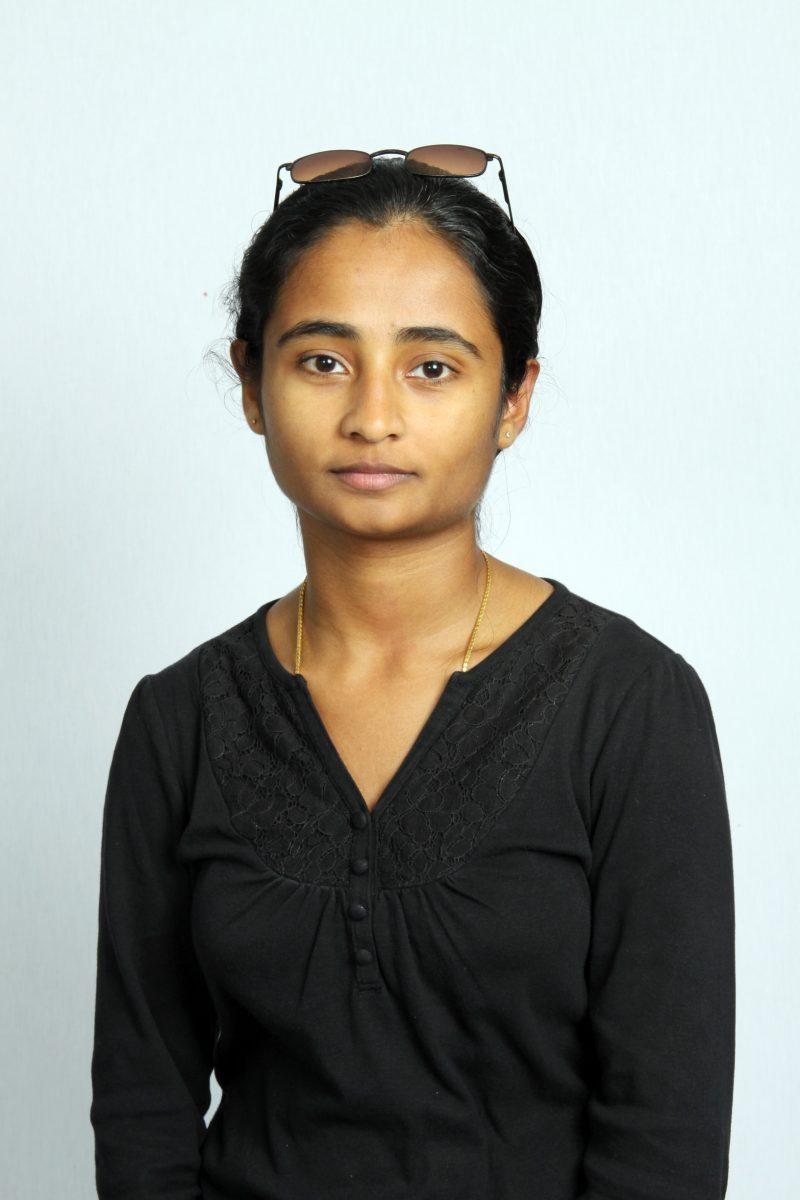You may have heard the United Nations Millennium Development Goals, or the UN MDGs, being frequently discussed in the media last week. A three day summit on the MDGs just concluded in New York, with “the adoption of a global action plan to achieve the eight anti-poverty goals by their 2015 target date,” according to the UN website.
Stories on the event carried discussions on funding for the development programs, how many of the so called developed nations have or have not met their goals in providing funds, and how these funds are being used. Not surprisingly, good intentions from the donor countries have not always brought about the intended transformation in the recipient nations. The reasons could be anything from corruption and mismanagement of funds, to cultural differences and the donors not realizing the reality of the recipients.
Any development scheme needs to start out with a clear vision regarding the end goal, and should chart out the steps to achieve the goal, to be successful. The timelines for the steps should be outlined, and the parameters to measure their success should be defined. Of course, a well-defined goal would not automatically transform itself to palpable results — the reality on the ground could be very different from what the organizers have perceived it to be. Participation from the local community is hence unavoidable in such schemes, but a system of transparency and accountability should be put in place to make sure that the money reaches the intended recipients.
The development goals themselves ought to be designed to be sustainable. Simply throwing money at the poorer communities may bring about changes that look good on paper, but hardly lead to any real progress. In a column published in the New York Times about 2 weeks ago, Nicholas Kristof spoke of the World Bicycle Relief Program, which distributes bicycles in the belief that bicycles are a more effective means of transportation in poorer communities. In the specific example cited in the column, they redesigned the bicycles to suit the local terrain and trained a mechanic for every 50 bicycles distributed. The program organizers even recruited village elders to oversee the program and to ensure that male members of their families do not confiscate bicycles from girls. Though still too early to be called a success, this plan struck me as having a good probability of bringing about effective changes in the lives of the people involved.
A few of us, like members of the Model United Nations club at CHASS, might be in positions to oversee development schemes in various locations around the globe in the future. Majority of us will not go on to be UN committee members or to manage multimillion-dollar foundations, but we all will, at some point in our lives, play the role of a community organizer or something similar. Keeping our end goals in sight and taking steps to ensure that those goals are met should be our priority.








